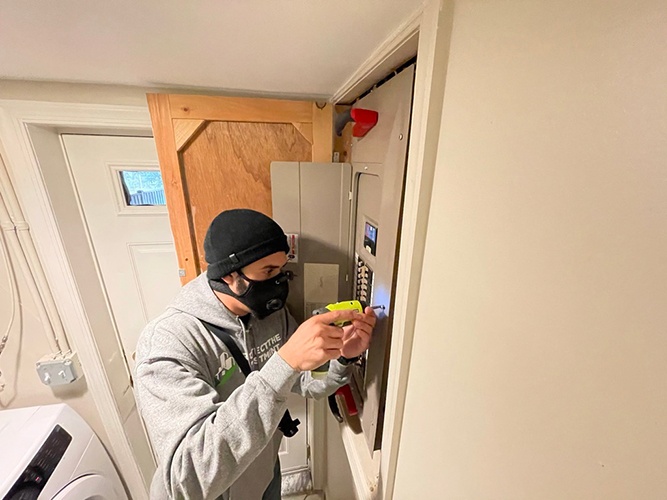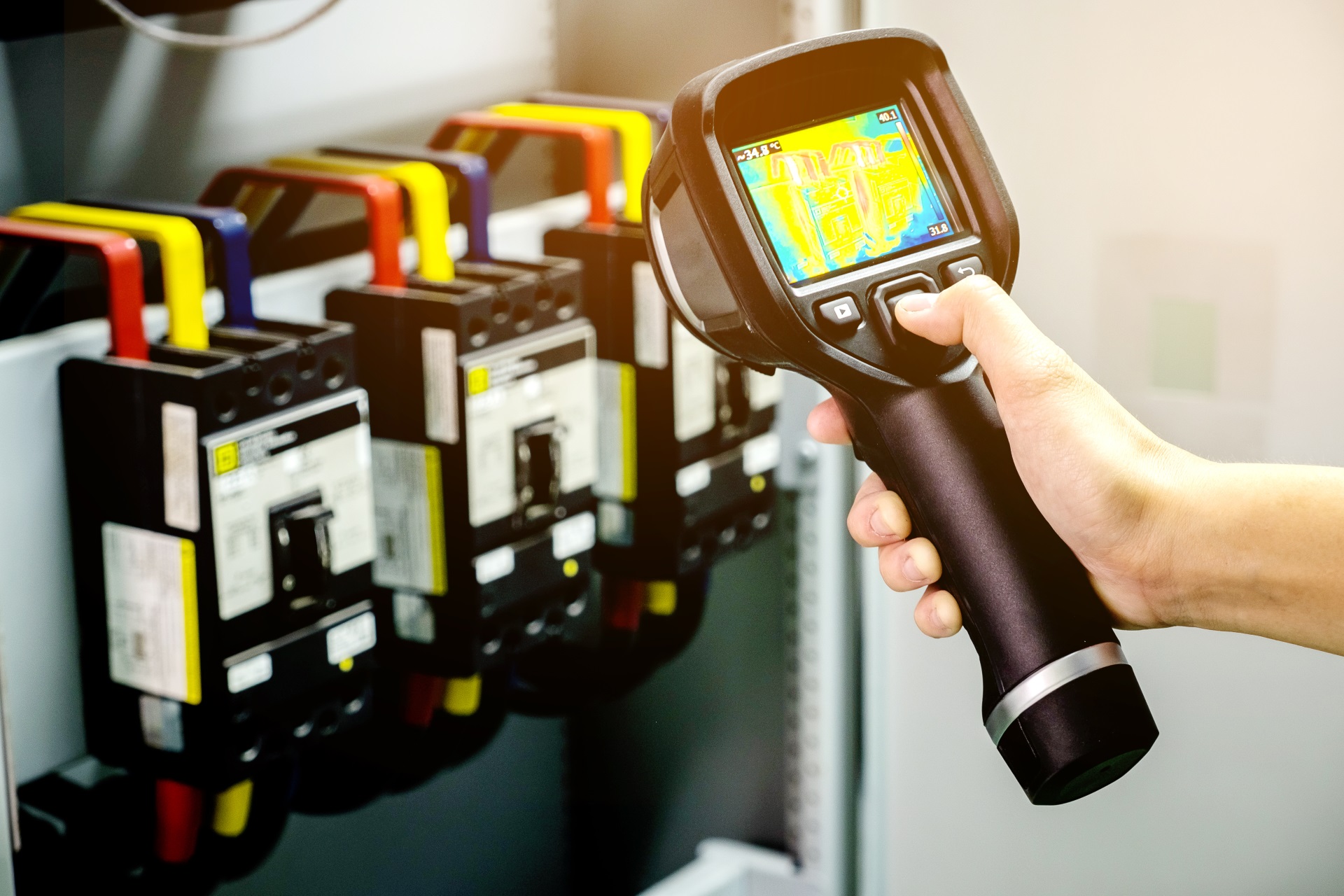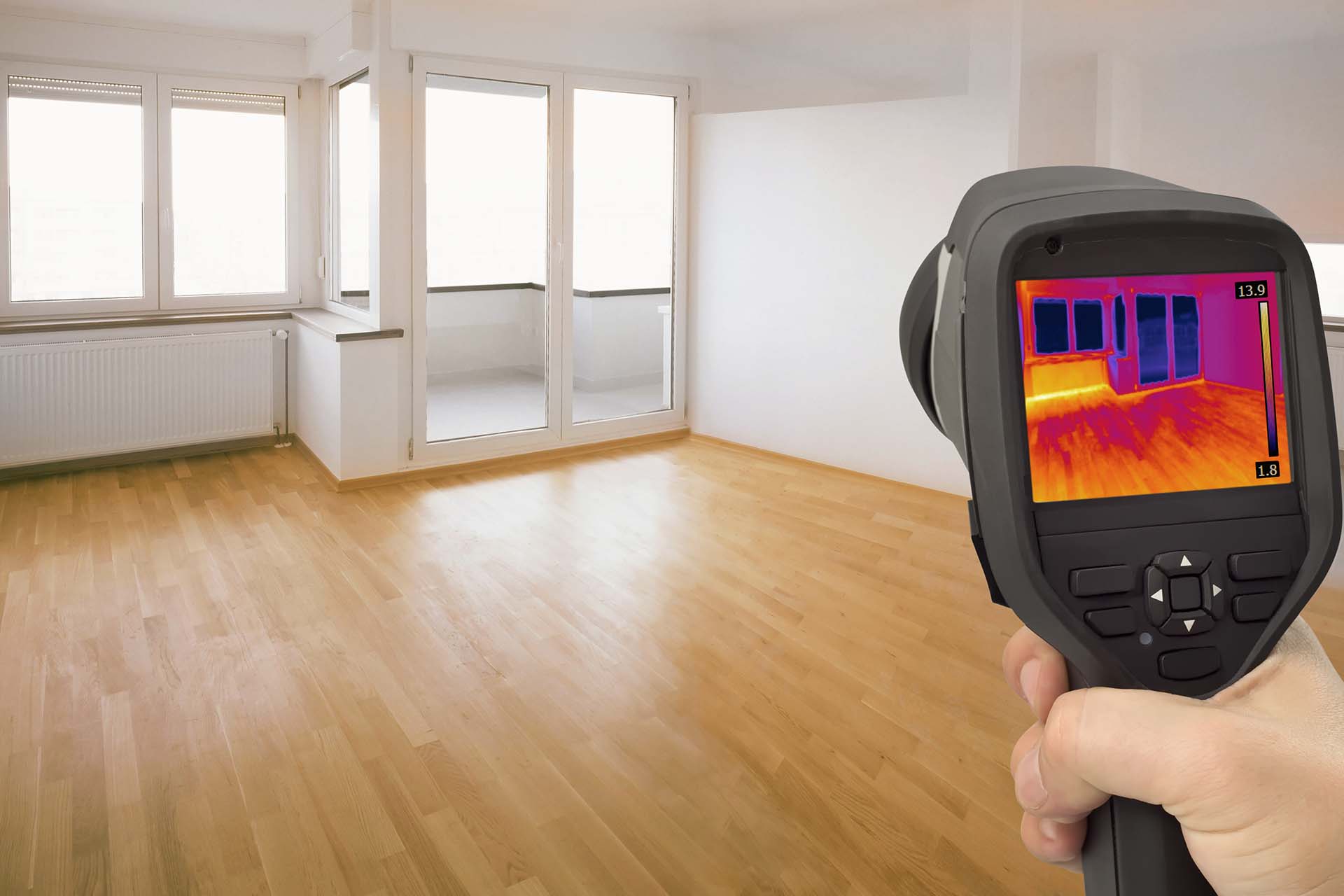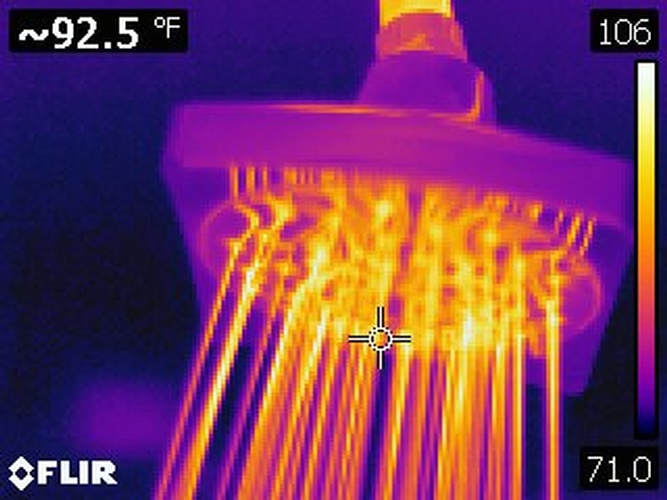Radon Inspection
Best Radon Inspection Services
Radon is a natural radioactive gas, which seeps into buildings from minute amounts of uranium that is present in all rocks, soil, bricks, and concrete.
In highly concentrated amounts, radon can be harmful to the human body, but there is absolutely no need to panic. A radon inspection service in Washington, DC, can test the levels of radon in your home and recommend mitigation measures if necessary.
The following information will tell you what radon is, how to tell if it affects your home or workplace, and what you can do to reduce it.
Remember, radon has been in the earth since the formation of our planet, and with proper testing and mitigation, we can keep everyone safe from its effects.
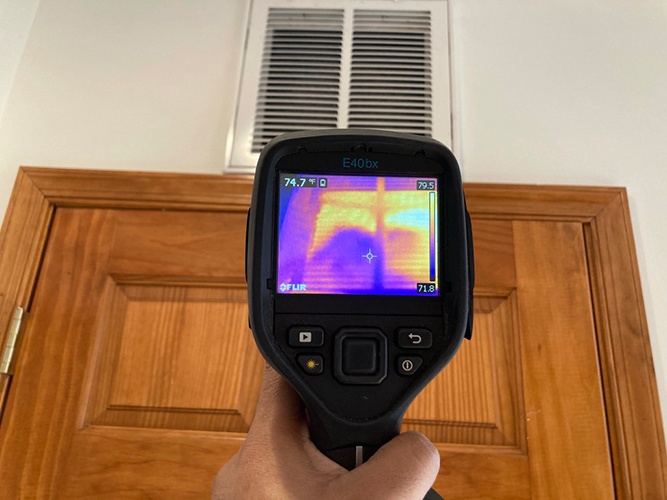
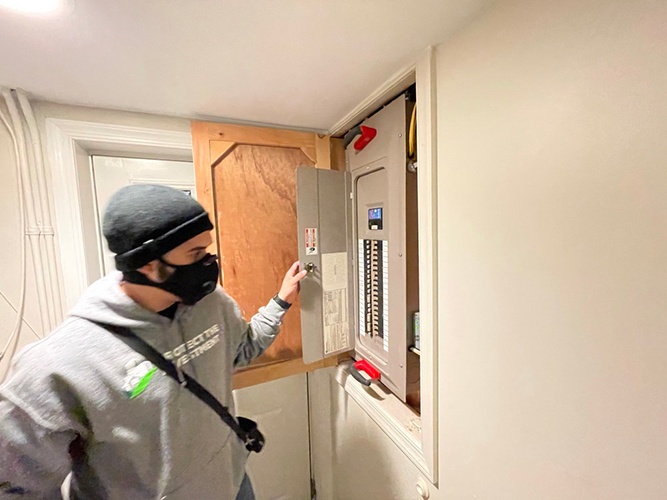
Radon may cause cancer, and may be found in drinking water and indoor air. Some people who are exposed to radon in drinking water may have an increased risk of contracting cancer over the course of their lifetime, especially lung cancer.
Radon in soil under homes is the biggest source of radon in indoor air and presents a greater risk of lung cancer than radon in drinking water. The Surgeon General has warned that radon is the second leading cause of lung cancer in the United States today.
If you smoke and your home has high radon levels, your risk of lung cancer is especially high.
 E Haywood22/01/2023We needed 235 sq. ft. of asbestos tiles and mastic removed from a concrete basement floor. Some of the tiles were under trim and interior walls from an old renovation. We were able to schedule an estimate and the work very quickly. Travon explained the process in detail. This includes the EPA regulations, containment of the work area, what we would have access to during the work, treatment of the HVAC system, air scrubber use, construction of a decontamination chamber and airlock, sealing the exposed floor after the mastic removal, and waste material bagging, sealing, and disposing. Education was important. Travon made flooring recommendations to avert future mold problems. There were plenty of places they could have cut and sealed tiles but chose to do the detailed work to remove the tile, mastic and seal the area. The job was done efficiently and the surrounding area was cleaner than before the work started. Protect the Investment’s quote was higher than the competitors but it was well worth it, knowing that they took the extra effort to assure there were no scraps of asbestos that would be exposed in the future and for a job exceptionally well done. I am extremely pleased with the services performed.
E Haywood22/01/2023We needed 235 sq. ft. of asbestos tiles and mastic removed from a concrete basement floor. Some of the tiles were under trim and interior walls from an old renovation. We were able to schedule an estimate and the work very quickly. Travon explained the process in detail. This includes the EPA regulations, containment of the work area, what we would have access to during the work, treatment of the HVAC system, air scrubber use, construction of a decontamination chamber and airlock, sealing the exposed floor after the mastic removal, and waste material bagging, sealing, and disposing. Education was important. Travon made flooring recommendations to avert future mold problems. There were plenty of places they could have cut and sealed tiles but chose to do the detailed work to remove the tile, mastic and seal the area. The job was done efficiently and the surrounding area was cleaner than before the work started. Protect the Investment’s quote was higher than the competitors but it was well worth it, knowing that they took the extra effort to assure there were no scraps of asbestos that would be exposed in the future and for a job exceptionally well done. I am extremely pleased with the services performed. Ho Do02/01/2023Excellent service—followed up with my quote request on a Sunday and was able to book me in for Tuesday!
Ho Do02/01/2023Excellent service—followed up with my quote request on a Sunday and was able to book me in for Tuesday! Derek Rivera28/12/2022Tory was very knowledgeable and professional. He provided a thorough explaination of what he was looking for and some issues that he saw. He provided insight on what to exepct if I were to make a purchase on the home and gave his honest feedback on the cost of any renovations. If you are looking to get a home inspected, definitely let "Protect The Investment" be your choice.
Derek Rivera28/12/2022Tory was very knowledgeable and professional. He provided a thorough explaination of what he was looking for and some issues that he saw. He provided insight on what to exepct if I were to make a purchase on the home and gave his honest feedback on the cost of any renovations. If you are looking to get a home inspected, definitely let "Protect The Investment" be your choice. Monica Kang06/07/2022The thorough prompt inspection was super helpful! Thank you!
Monica Kang06/07/2022The thorough prompt inspection was super helpful! Thank you! Holden Lally23/06/2022Tory and his team were amazing. I set up a last minute home inspection as a first time home buyer and he walked us through every issue including short term and long term fixes for everything. He made us feel way more comfortable knowing exactly what we were walking into. To top it all off the inspection was super reasonably priced.
Holden Lally23/06/2022Tory and his team were amazing. I set up a last minute home inspection as a first time home buyer and he walked us through every issue including short term and long term fixes for everything. He made us feel way more comfortable knowing exactly what we were walking into. To top it all off the inspection was super reasonably priced. Gelila Tadesse22/06/20225 stars across the board very patient with all my questions. I am beyond pleased with this service. Patient, knowledge, and worth every dollars.
Gelila Tadesse22/06/20225 stars across the board very patient with all my questions. I am beyond pleased with this service. Patient, knowledge, and worth every dollars. Kelsey Trudo05/05/2022Tory and his team were incredibly thorough and helpful! As first time home buyers we had a lot of questions, Tory was meticulous and patient with my note taking! Will 100% use Protect The Investment again!
Kelsey Trudo05/05/2022Tory and his team were incredibly thorough and helpful! As first time home buyers we had a lot of questions, Tory was meticulous and patient with my note taking! Will 100% use Protect The Investment again! Justin Kelly30/04/2022Tory and his team are prompt, efficient, and extremely thorough with their inspections. He gave me lots of useful tips and just generally made me feel good about the entire process. I would definitely hire these guys again.
Justin Kelly30/04/2022Tory and his team are prompt, efficient, and extremely thorough with their inspections. He gave me lots of useful tips and just generally made me feel good about the entire process. I would definitely hire these guys again. KoKo Mines21/04/2022Professional, courteous, knowledgeable, and thorough... Great experience, would absolutely use again!
KoKo Mines21/04/2022Professional, courteous, knowledgeable, and thorough... Great experience, would absolutely use again!


